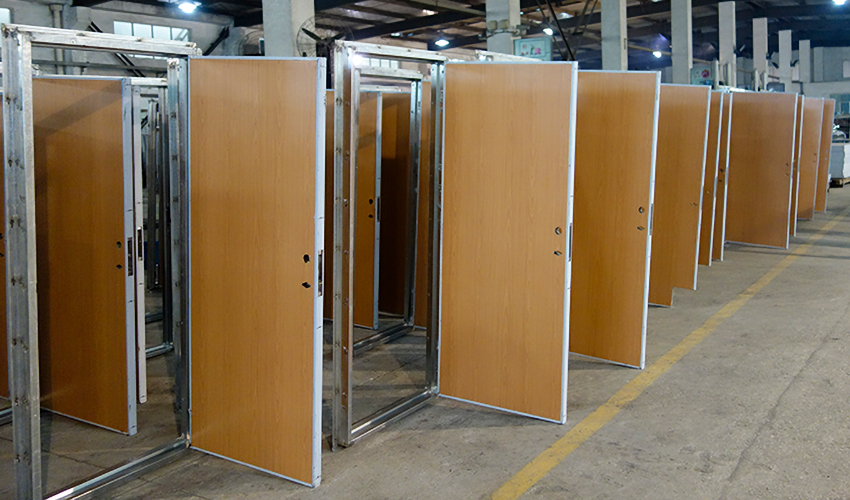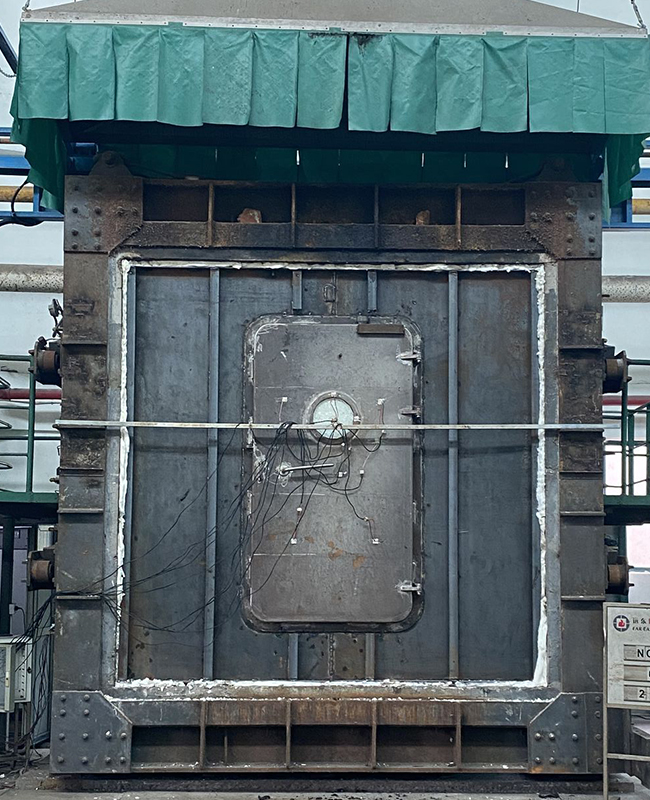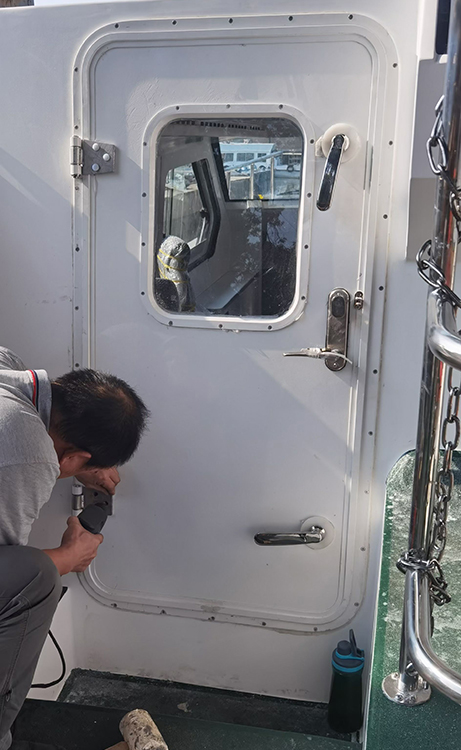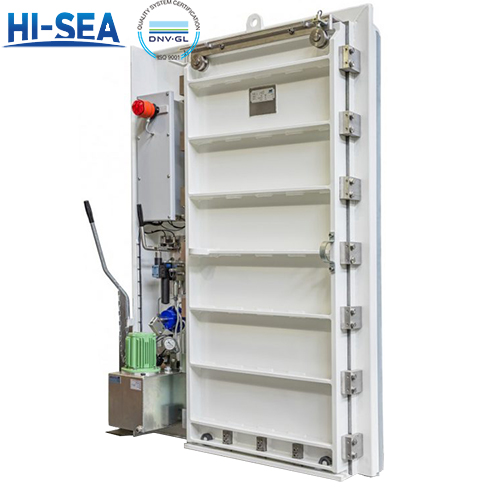
Marine Doors: A Complete Introduction to All Aspects
As the most common part of ship outfitting, ship doors shoulder a vital mission. They act as an important line of defense for the safety of ships, providing solid protection for the different functions of people and cargo on board.This article will show you the relevant knowledge of marine doors in detail, including and not limited to structure, function, maintenance, etc., the main purpose is to make you have an in-depth understanding of marine doors when purchasing, to help you buy the most suitable for your own products. Of course, if you choose our products, we will be grateful.
Overview
The Structure of Marine Doors
Watertight/Weathertight Doors
The structure of Marine watertight door usually includes door frame, door fan, sealing device, hinge and lock and other parts.
Door frames are generally made of strong metal to withstand water pressure and external shocks.
The door is also made of strong material to ensure confidentiality.
Seals are used to prevent water.
The hinge connects the door to the door frame, allowing the door to open and close smoothly.
The lock ensures that the door remains closed when needed.
In addition, there may be accessories such as observation windows and handles.
They are designed to meet stringent standards to ensure ship safety.
Fireproof Doors
Marine fire door is a fire isolation device specially designed for use on ships, and its structure usually includes the following parts:
Door frame: Made of a strong material, used to hold the door.
Door: generally made of fireproof materials, with a certain degree of fire resistance.
Fireproof sealing material: Fill between the door frame and the door panel to ensure the tightness of the door.
Hinge: Connects the door to the door frame so that the door can be opened and closed smoothly.
Door lock: Used to lock the door and ensure that the door remains closed in case of fire.
Fireproof glass: If there is an observation window, fireproof glass is usually used.
Fireproof seal: located at the contact point between the door and the door frame to prevent flame and smoke from spreading through the door crack.
Automatic closing device: can automatically close the door in case of fire, enhance the fire protection effect.

The Function of Doors
The role of marine watertight doors is mainly to prevent water from entering a specific area when the ship is flooded, maintain the watertight of the cabin, and ensure the safety of the ship.
Weathertight doors are used to prevent wind and rain from entering the cabin and protect the equipment and personnel in the cabin from wind and rain.
The role of the airtight door is to maintain the airtight state in the cabin to prevent gas leakage or entry.
The fire door is to prevent the spread of fire in the event of a fire and provide a certain period of fire isolation to protect the life safety of personnel and reduce property losses.
To be specific:
Watertight doors can prevent the cabin from flooding and prevent the ship from sinking.
Weathertight doors can reduce the interference of wind and rain on the cabin environment and ensure the normal operation of the equipment.
Airtight doors help maintain specific gas environments in the cabin, such as air conditioning systems or special gas storage areas.
Fire doors can slow the spread of the fire and buy time for evacuation and firefighting work.
The design and installation of these doors need to comply with the relevant codes and standards to ensure that they play an effective role in the operation of the ship.
Performance Test Requirements for Marine Doors
The performance test requirements of various Marine doors are as follows:
Watertight door:
Hydraulic test: Check the sealing performance of the door under specific water pressure.
Leakage test: Make sure there is no leakage in the door.
Weathertight door:
Wind and rain simulation test: simulate bad weather and check the wind and rain performance of the door.
Seal test: verify the sealing effect of the door.
Airtight door:
Airtight test: test the airtight performance of the door, including air tightness and leakage rate.
Pressure change test: investigate the airtight effect of the door under different pressure conditions.
Fire door:
Fire resistance test: Test the fire resistance limit of the door within the specified time.
Thermal insulation test: Evaluate the thermal insulation capacity of the door.
Performance testing requirements usually comply with relevant international and national standards and specifications. Note the following points when testing:
The test environment shall meet the standard requirements.
The test equipment should be accurate and reliable.
Accurately record and analyze the test results.
These tests help to ensure that the ship door has the required performance in actual use, ensuring the safety and normal operation of the ship.

Precautions for Marine Doors
The following are some precautions for various Marine doors at sea:
Watertight door:
Check the sealing performance of the door regularly to ensure that it can effectively block water entry when it is flooded.
Pay attention to the closing operation of the door, ensure that it is properly closed and locked.
Keep the door and surrounding area clean to avoid clogging the sealing parts.
Weathertight door:
Check that the door seal is in good condition to prevent wind and rain penetration.
Ensure that the door is operated flexibly and without stalling.
Check door tightness before inclement weather.
Airtight door:
Regularly test the airtight performance to ensure the airtight effect.
Pay attention to the maintenance and replacement of door seals.
Avoid violent impact on the door body, so as not to affect the airtight performance.
Fire door:
Ensure that the fire performance of the door complies with the relevant standards.
Keep the door closed and avoid opening it unless necessary.
Regular fire inspection and maintenance.
In addition, the following points should be noted:
Crew members should be familiar with the operation methods and precautions of various doors.
The lock and handle of the door should be kept in good condition.
Post a clear sign on the door for proper identification by the crew.
Repair the problem in time to ensure the normal use of the door.

Conclusion





